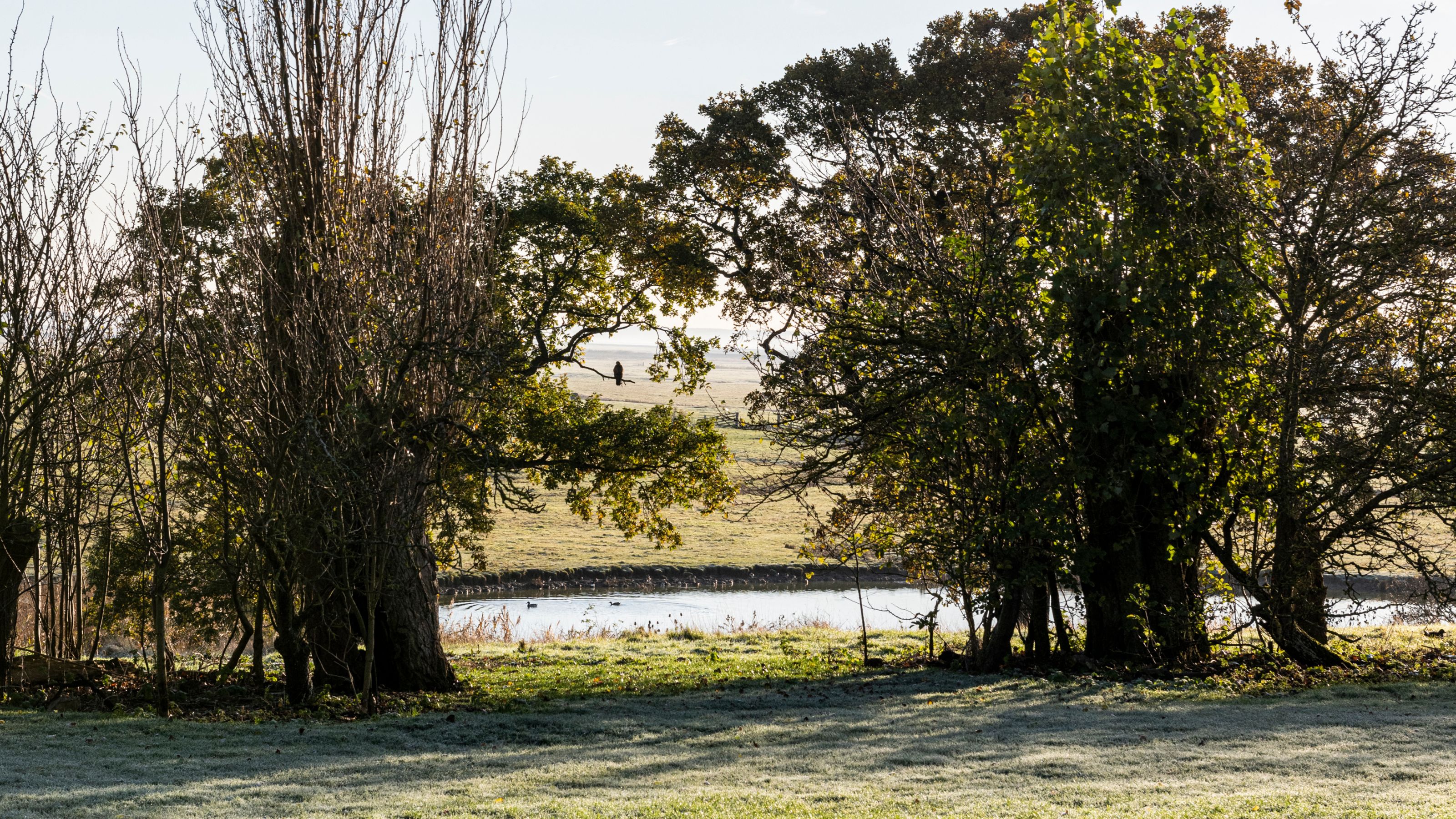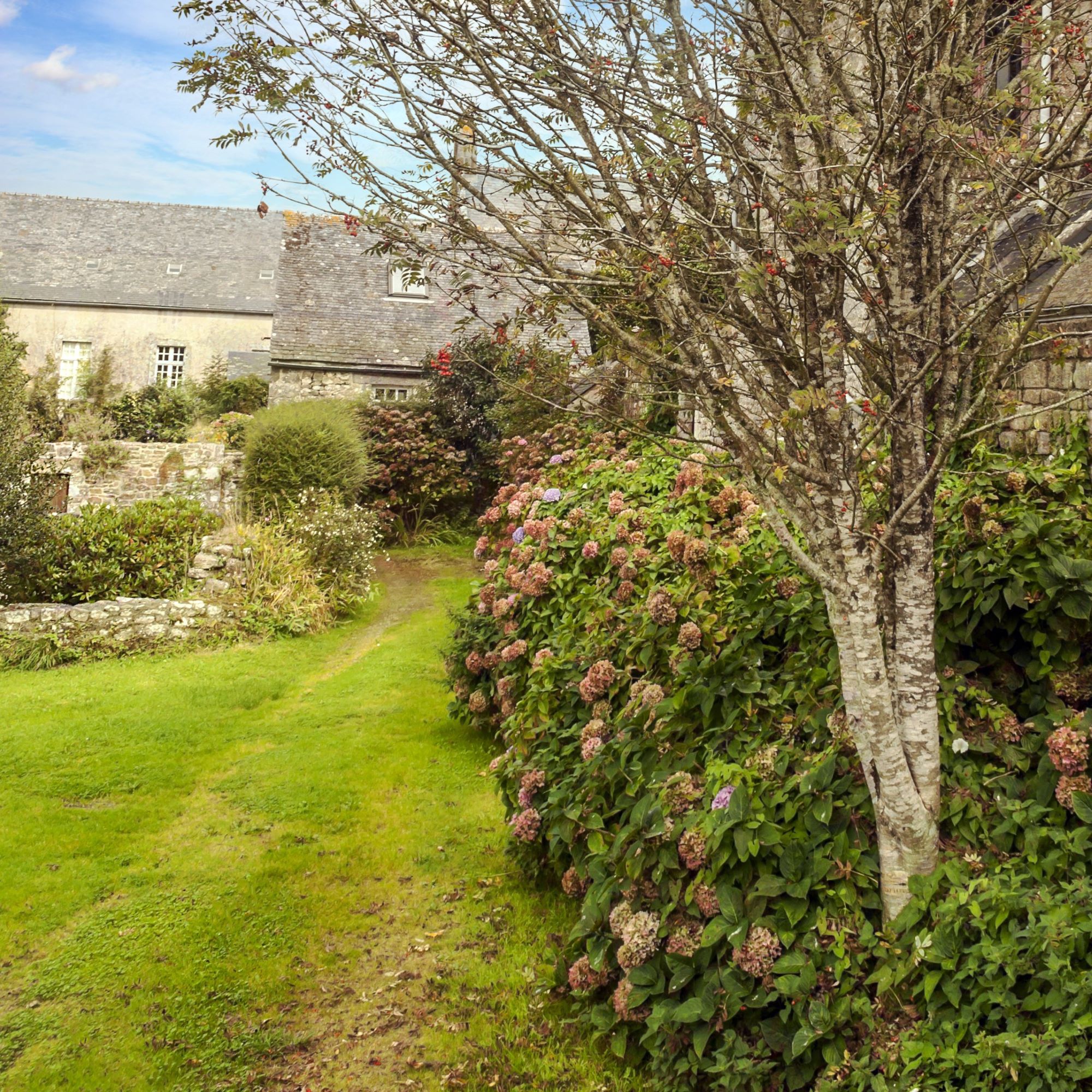What is a Tree Preservation Order? Experts warn this could be why you may face a £20,000 fine for cutting down a tree in your own garden
You need to know about TPOs if you're planning on making any changes to the trees in your garden


If you want to cut down a tree on your property, you'll need to understand what a Tree Preservation Order is, and whether it applies to the tree you want to remove. If you make the mistake of cutting down a tree that is under a Tree Preservation Order, you could be fined up to £20,000.
Tree Preservation Orders (TPOs) legally protect certain trees that are seen to benefit the community or environment in some way, for example if they've been around for hundreds (or even thousands) of years.
As with finding out whether you can cut your neighbours' trees, it's equally important to know if you can remove the trees in your own garden, without risking a fine. We've spoken to tree experts to find out all you need to know.
What is a tree preservation order?

'Tree Preservation Orders are rules set by local councils to protect important trees,' Luke Dejahang, gardening expert and CEO of Crown Pavilions summarises. 'If a tree has a TPO, you can't cut it down, trim it, or damage it without asking for permission from the council first.'
TPOs serve as legal protection to trees, and they're usually issued to trees that are considered valuable to the community or environment. It's possible that any trees can therefore have a TPO and you wouldn't be able to tell just from looking at it.
'This includes cutting down, uprooting, topping, lopping, wilfully damaging or destroying, including cutting roots, without permission,' Andrew Poynter, Principal Arboricultural Consultant at Thomson Environmental Consultants adds. 'It does not cover hedges.'
How to tell if a tree has a TPO

Your local council will have a record of any TPOs within their jurisdiction. Sometimes, local authorities create online maps that have details of TPOs on them. If you can't find this information online, you can put it in a request with your local council.
Sign up to our newsletter for style inspiration, real homes, project and garden advice and shopping know-how
'You can check with your district or borough council's planning department or tree officer to find out whether a tree is subject to a Tree Preservation Order, or in a conservation area,' Andrew confirms.
It's also worth checking the deeds to your property, to see if any TPOs have been outlined.
If a TPO gets served on your land, or at a nearby property while you are living there, the council will notify you of this. It might also be helpful to consult with a local arborist, who will be able to give guidance on the rules surrounding certain trees too.
What is the fine for cutting down a tree with a TPO?
It's really important to double check whether any trees on your property are protected under TPO before you cut them down. If you cut it down without permission you could face a hefty fine.
'In a magistrates court, the maximum fine is £20,000 for destroying a tree with a TPO,' Andrew confirms. 'More serious offences, such as the felling of lots of trees to clear the site, are heard in the crown court where fines are unlimited. This is where developers or bigger landowners can end up, particularly if there is financial motive.'
You can still be fined for damaging trees with a TPO, even if you don't cut it down. Fines for this offence can be up to £2,500.
If you do get permission to make changes to, or remove the tree completely, you can contact a tree surgeon to do the task for you. If you are a confident gardener and DIYer, you might be able to take some aspect of this on yourself, but make sure you know what you are doing, have the right equipment – this tree cutting tools kit from Amazon is a good choice – and follow all necessary safety protocol.
FAQs
Can a tree with a Tree Preservation Order be pruned?
No, a tree with a Tree Preservation Order cannot be pruned, unless you have permission from your local council. You will have to make a 'works to trees' application via GOV.UK and ask for permission to make any changes to a tree with a TPO.
'If you want a tree with a TPO to be taken down then you will have to prove why,' Tim Ward, director of Wards Gardens says. 'For instance, if it is dying or posing a safety risk to anyone nearby, or causing damage to property.'
Tim adds: 'You can contact and experienced arborist or tree consultant who can assist you in determining if a TPO applies to the tree in question, and guide you on any permissions needed for work.'
You'll need good justification that the tree is causing disruption in some way. Works to trees applications can get rejected unless any work is properly justified.

Katie has been writing freelance since early 2022, specialising in all things homes and gardens, following achieving a Masters in Media and Journalism. She started out writing e-commerce content for several of Future’s interior titles, including Real Homes, Gardeningetc, Livingetc, and Homes and Gardens. Since then she’s been a regular contributor on Ideal Home’s digital team, covering news topics, how-to guides, and product reviews.